Phil Nash
Build RAG from Scratch
#1about 3 minutes
Why large language models need retrieval augmented generation
Large language models have knowledge cutoffs and lack access to private data, a problem solved by providing relevant context at query time using RAG.
#2about 1 minute
How similarity search and vector embeddings power RAG
RAG relies on similarity search, not keyword search, which captures meaning by converting text into numerical representations called vector embeddings.
#3about 6 minutes
Building a simple bag-of-words vectorizer from scratch
A basic vector embedding can be created by tokenizing text, building a vocabulary of unique words, and representing each document as a vector of word counts.
#4about 8 minutes
Comparing document vectors using cosine similarity
Cosine similarity measures the angle between two vectors to determine their semantic closeness by focusing on direction (meaning) rather than magnitude.
#5about 3 minutes
Understanding the limitations of a bag-of-words model
The simple bag-of-words model is sensitive to vocabulary, slow to scale, and fails to capture nuanced semantic meaning like word order or synonyms.
#6about 4 minutes
Using professional embedding models and vector databases
Production RAG systems use sophisticated embedding models and specialized vector databases for efficient, accurate, and scalable similarity search.
#7about 2 minutes
Exploring advanced RAG techniques and other applications
Beyond basic similarity search, techniques like ColBERT and knowledge graphs can improve retrieval accuracy, and vector search can power features like related content recommendations.
Related jobs
Jobs that call for the skills explored in this talk.
Matching moments

06:05 MIN
Understanding Retrieval-Augmented Generation (RAG)
Graphs and RAGs Everywhere... But What Are They? - Andreas Kollegger - Neo4j
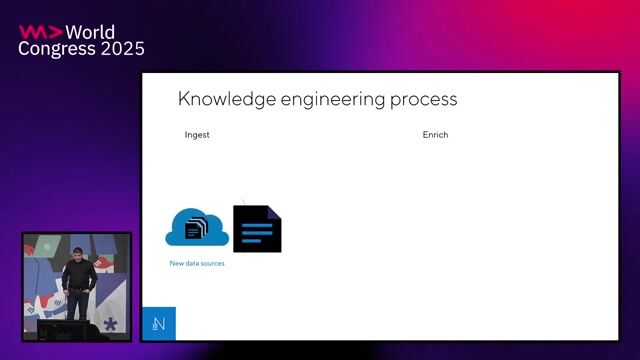
15:49 MIN
Understanding retrieval-augmented generation (RAG)
Exploring LLMs across clouds
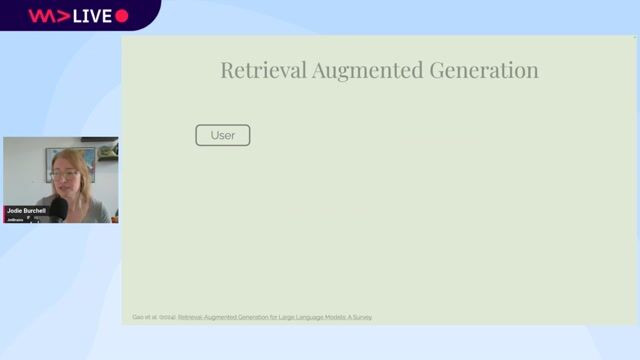
23:59 MIN
A deep dive into retrieval-augmented generation
Lies, Damned Lies and Large Language Models

07:24 MIN
Introducing retrieval-augmented generation (RAG)
Martin O'Hanlon - Make LLMs make sense with GraphRAG

01:32 MIN
How RAG provides LLMs with up-to-date context
How to scrape modern websites to feed AI agents
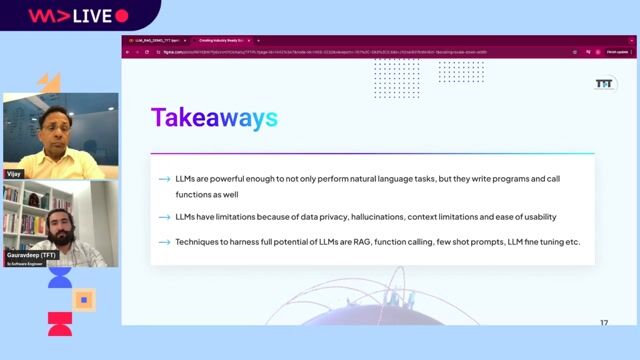
39:05 MIN
Code walkthrough for building a RAG-based chatbot
Creating Industry ready solutions with LLM Models
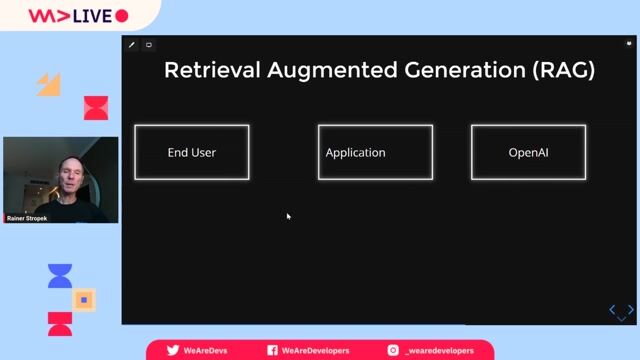
15:24 MIN
Implementing the Retrieval-Augmented Generation (RAG) pattern
Develop AI-powered Applications with OpenAI Embeddings and Azure Search
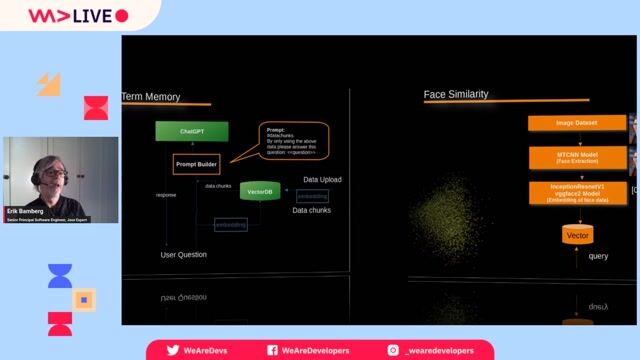
37:37 MIN
Augmenting ChatGPT with a long-term memory
What comes after ChatGPT? Vector Databases - the Simple and powerful future of ML?
Featured Partners
Related Videos
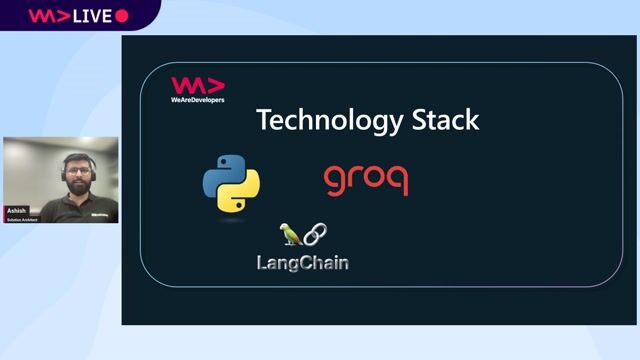 26:25
26:25Building Blocks of RAG: From Understanding to Implementation
Ashish Sharma
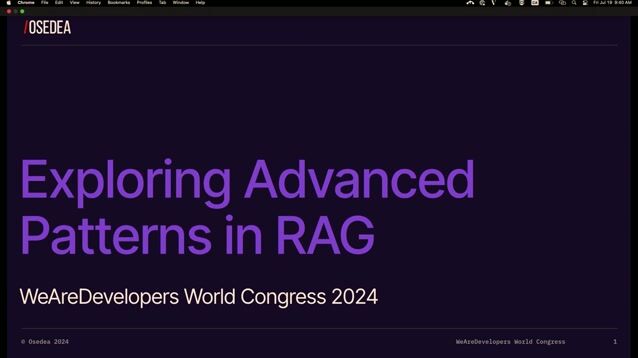 21:17
21:17Carl Lapierre - Exploring Advanced Patterns in Retrieval-Augmented Generation
Carl Lapierre
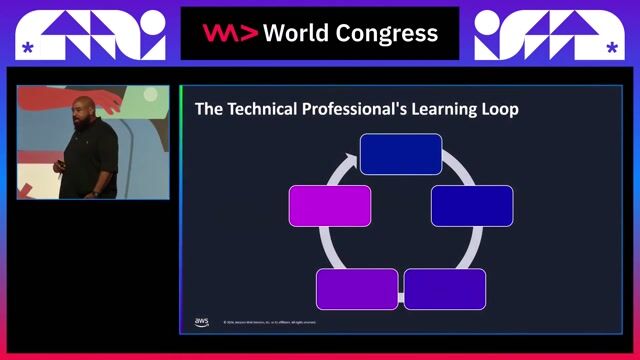 26:54
26:54Make it simple, using generative AI to accelerate learning
Duan Lightfoot
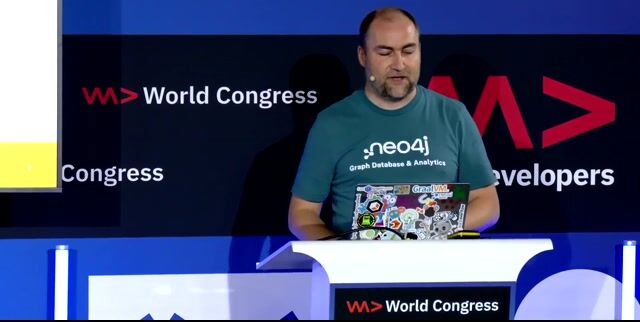 29:11
29:11Large Language Models ❤️ Knowledge Graphs
Michael Hunger
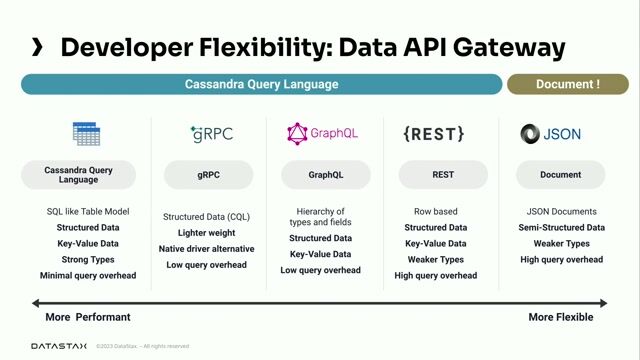 28:20
28:20Building Real-Time AI/ML Agents with Distributed Data using Apache Cassandra and Astra DB
Dieter Flick
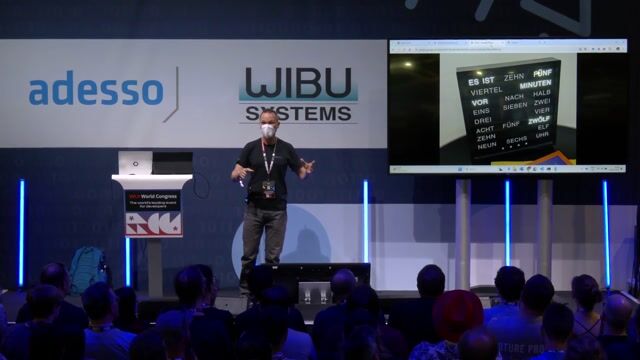 31:39
31:39Livecoding with AI
Rainer Stropek
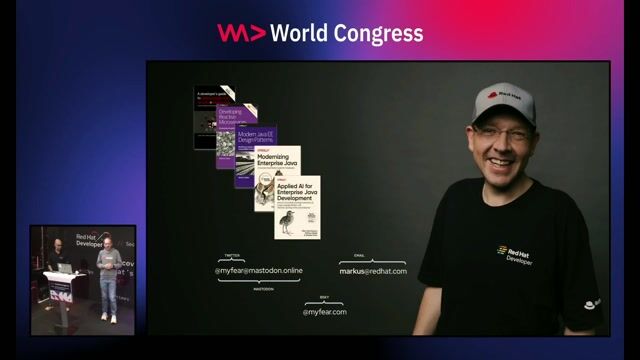 28:17
28:17RAG like a hero with Docling
Alex Soto & Markus Eisele
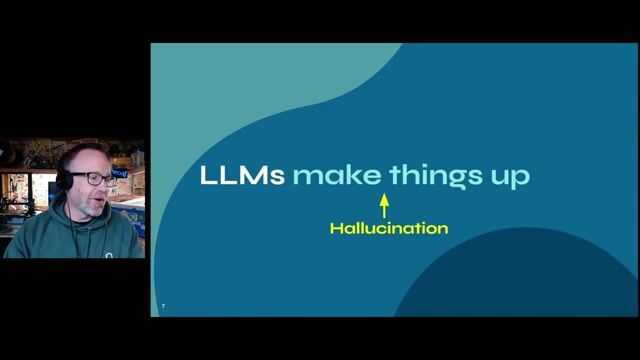 24:42
24:42Martin O'Hanlon - Make LLMs make sense with GraphRAG
Martin O'Hanlon
From learning to earning
Jobs that call for the skills explored in this talk.


Domain Architect Ricardo Platform (f/m/d) | 80-100% | Hybrid working model | Valbonne France
SMG Swiss Marketplace Group
Canton de Valbonne, France
Senior






